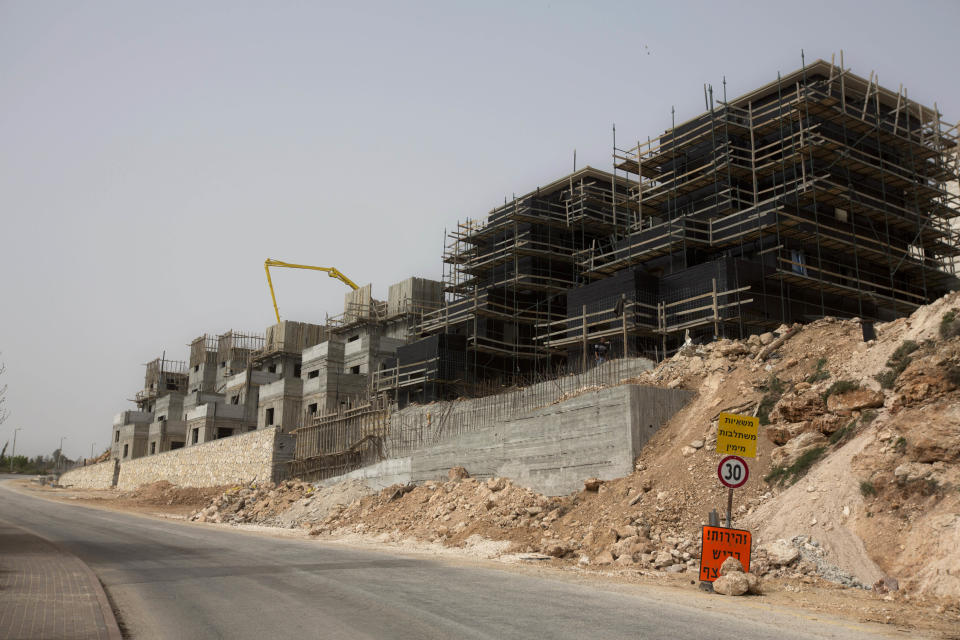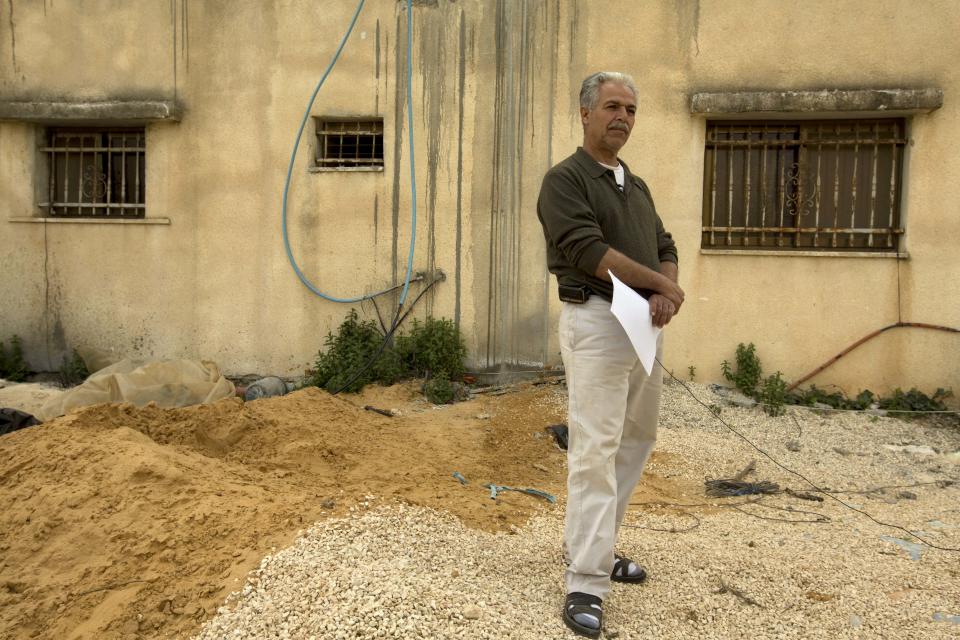Israel tightens control in key areas of West Bank
Two decades after peace efforts began, more than 60 percent of the West Bank remains under sole Israeli control, and the fate of this territory is a key point of contention in U.S.-led Israeli-Palestinian negotiations. The division of the West Bank into islands of Palestinian self-rule and areas under full Israel control was devised as part of interim peace agreements in the 1990s and meant to be temporary, but has remained in place for lack of a final peace deal.
This glance includes new figures published Wednesday by the U.N. Office for the Coordination of Humanitarian Affairs, which conducted an extensive survey of Palestinian communities in the territory under full Israeli control, known as Area C.
POPULATION
Palestinians in Area C: 297,900, or nearly double an estimate from several years ago previously used by the U.N.
Palestinians in Areas A and B, which are under limited Palestinian self-rule: 2.1 million.
Israeli settlers in Area C: some 350,000.
COMMUNITIES
Palestinian towns, villages and hamlets that are fully or partially in Area C: 532.
Israeli settlements in the West Bank sanctioned by the government: about 120.
Israeli settlement outposts not formally authorized but backed by the state: about 100.
LAND
Seventy percent of Area C is allocated for the use of Israeli settlements or the Israeli military, the U.N. says. In the rest, Palestinian construction, while theoretically possible, is heavily restricted.
Palestinian self-rule areas cover about 38 percent of the West Bank.
SOURCE OF PALESTINIAN LIVELIHOOD IN AREA C
Work in Israel and Israeli settlements: 24 percent.
Work for the Palestinian self-rule government: 23 percent.
Local services: 19 percent.
Farming and herding: 34 percent.
BUILDING AND DEMOLITIONS
Palestinians in Area C requested 444 building permits from Israel in 2010. Of those, four were granted, according to the Israeli group Bimkom, which advocates for equal planning rights for Palestinians.
In Israel's West Bank settlements, work began last year on 2,534 apartments, compared to 1,133 in 2012, or an increase of 123 percent. Nationally, Israel had a 3.4 percent increase in housing starts in that period, according to Israel's Central Bureau of Statistics.


